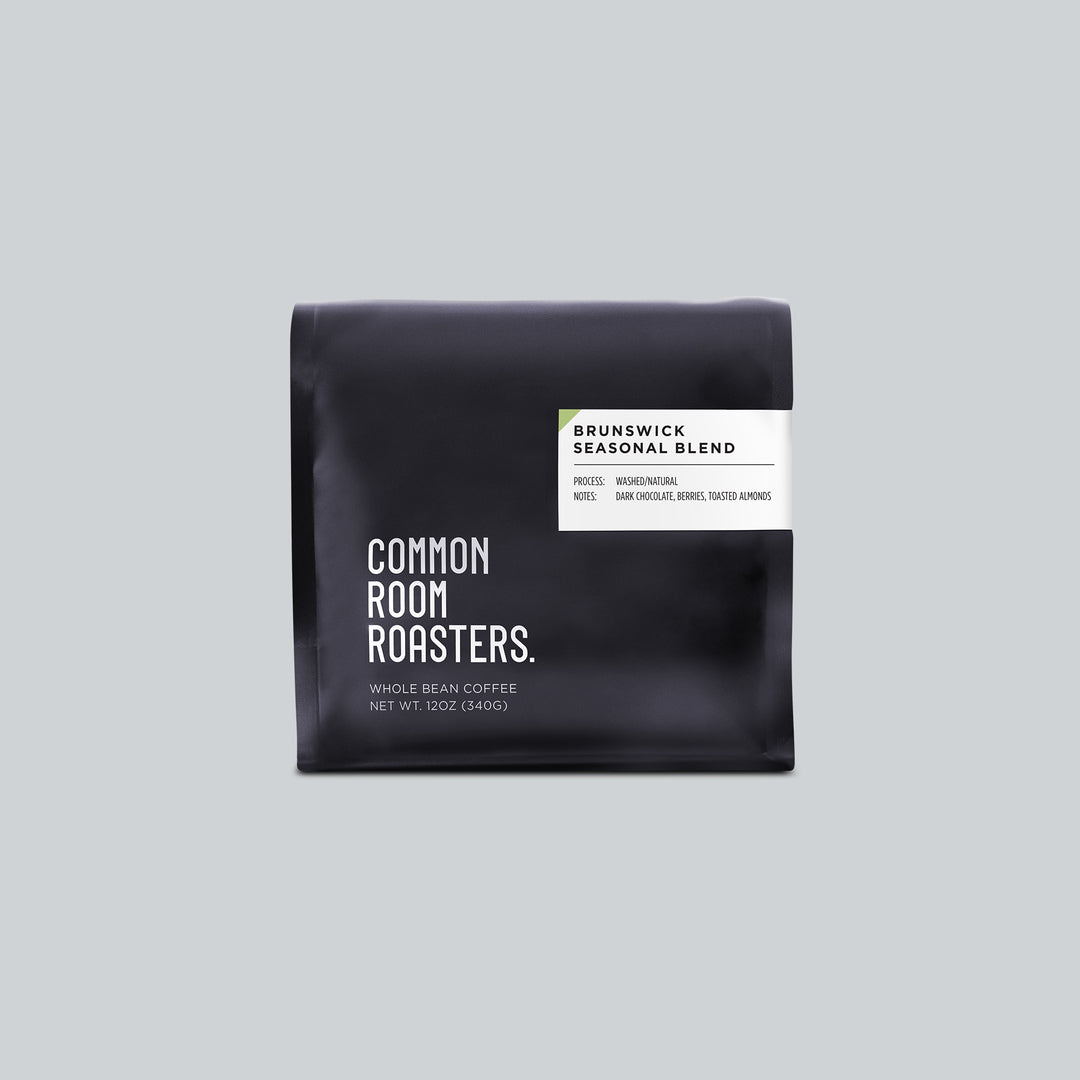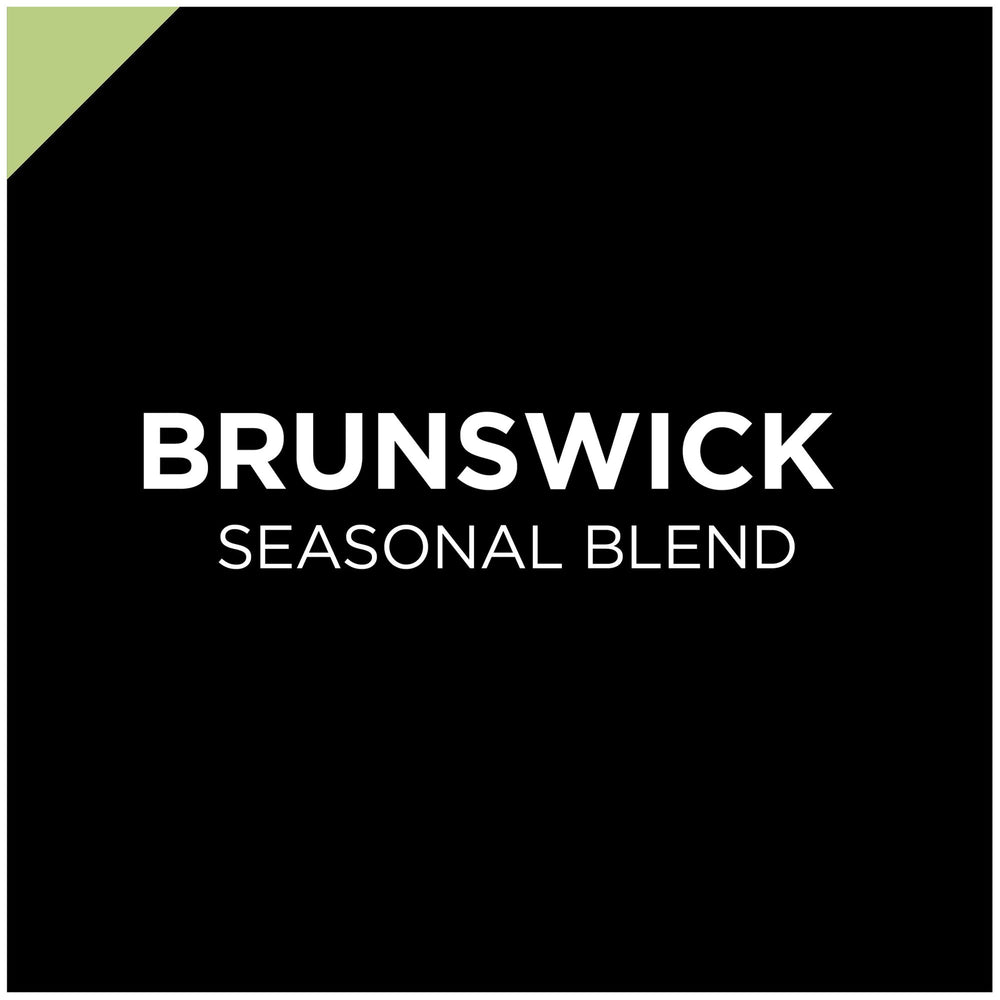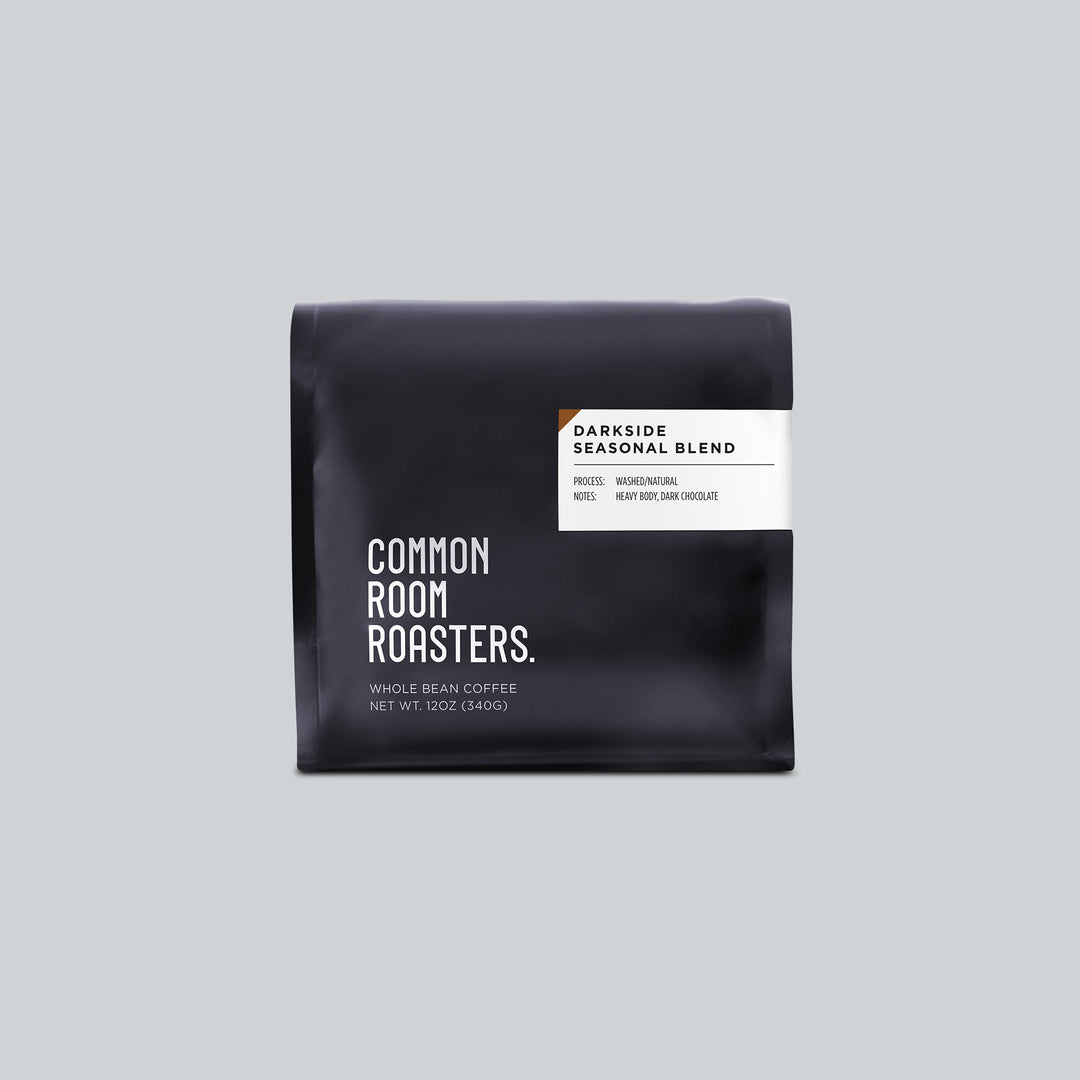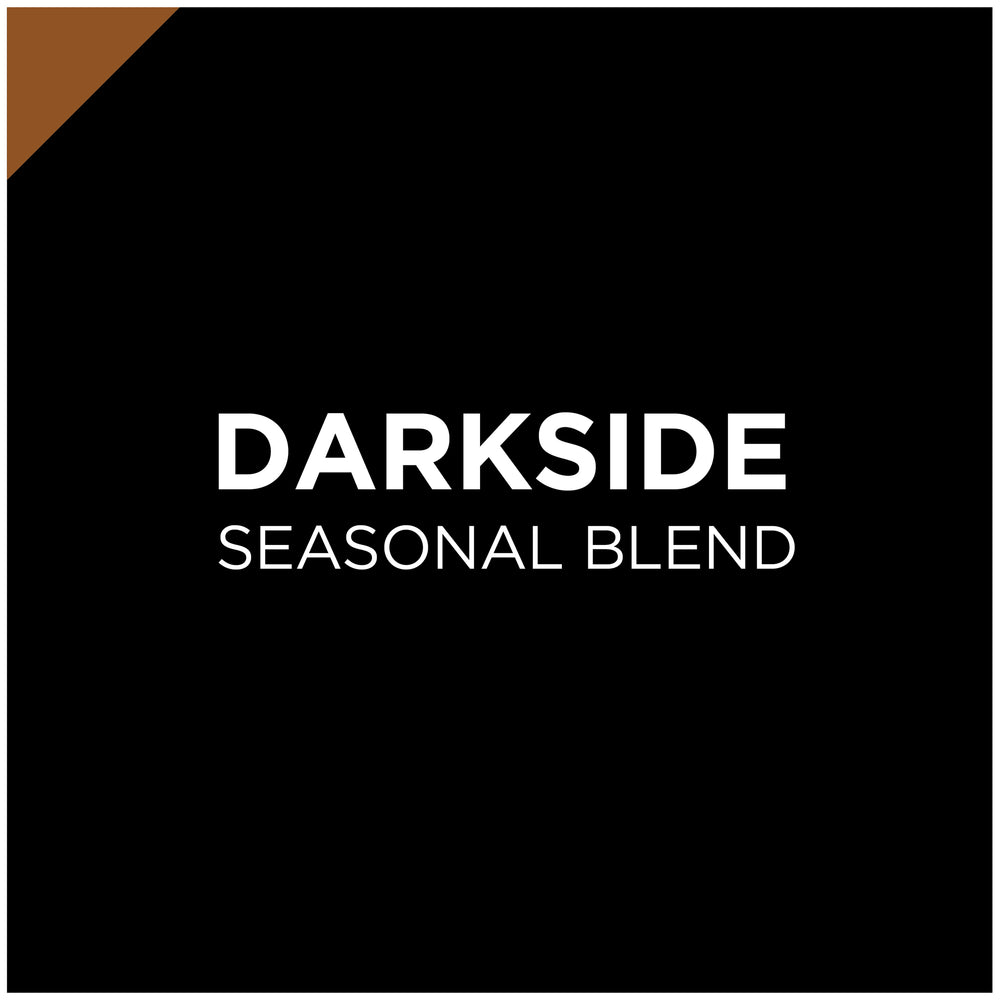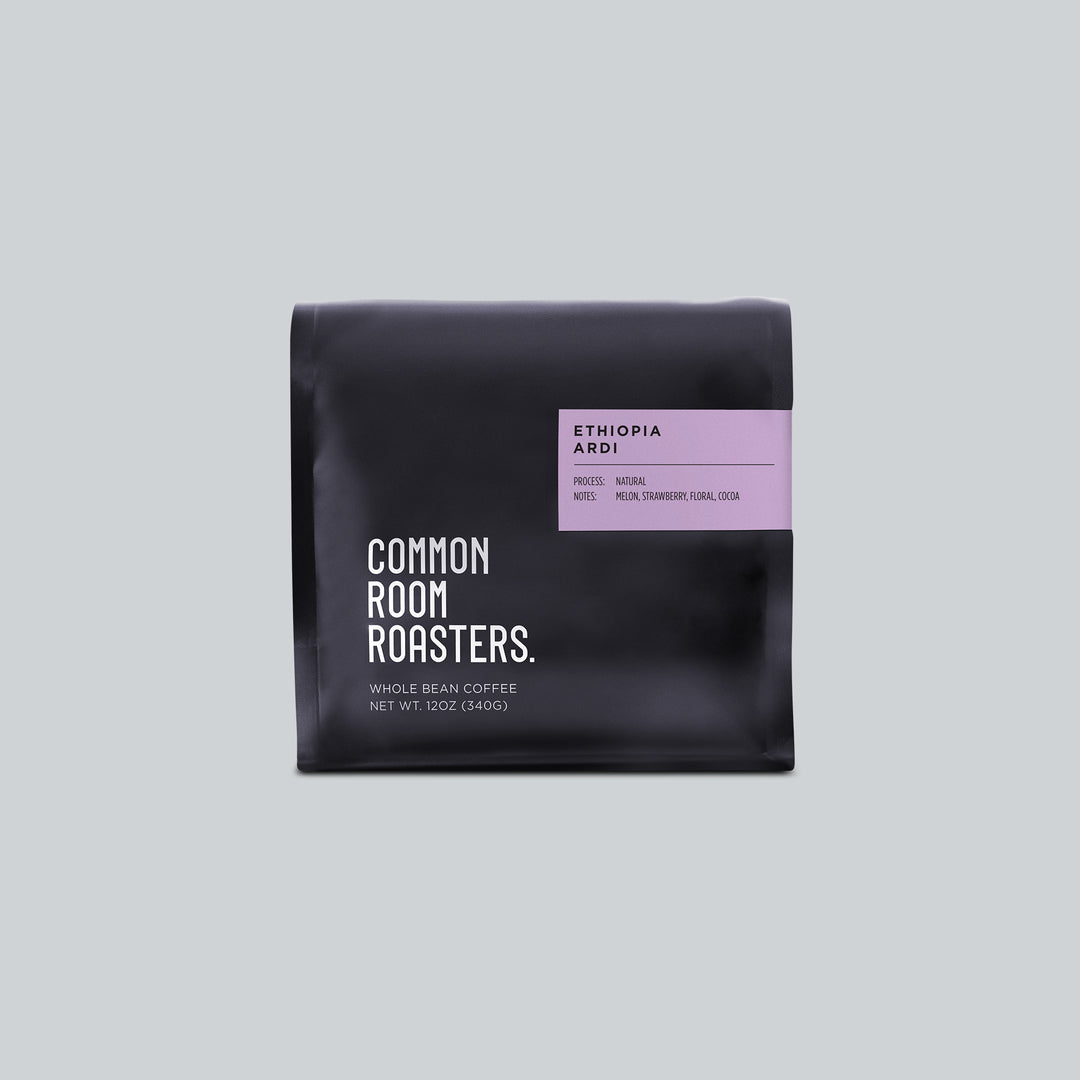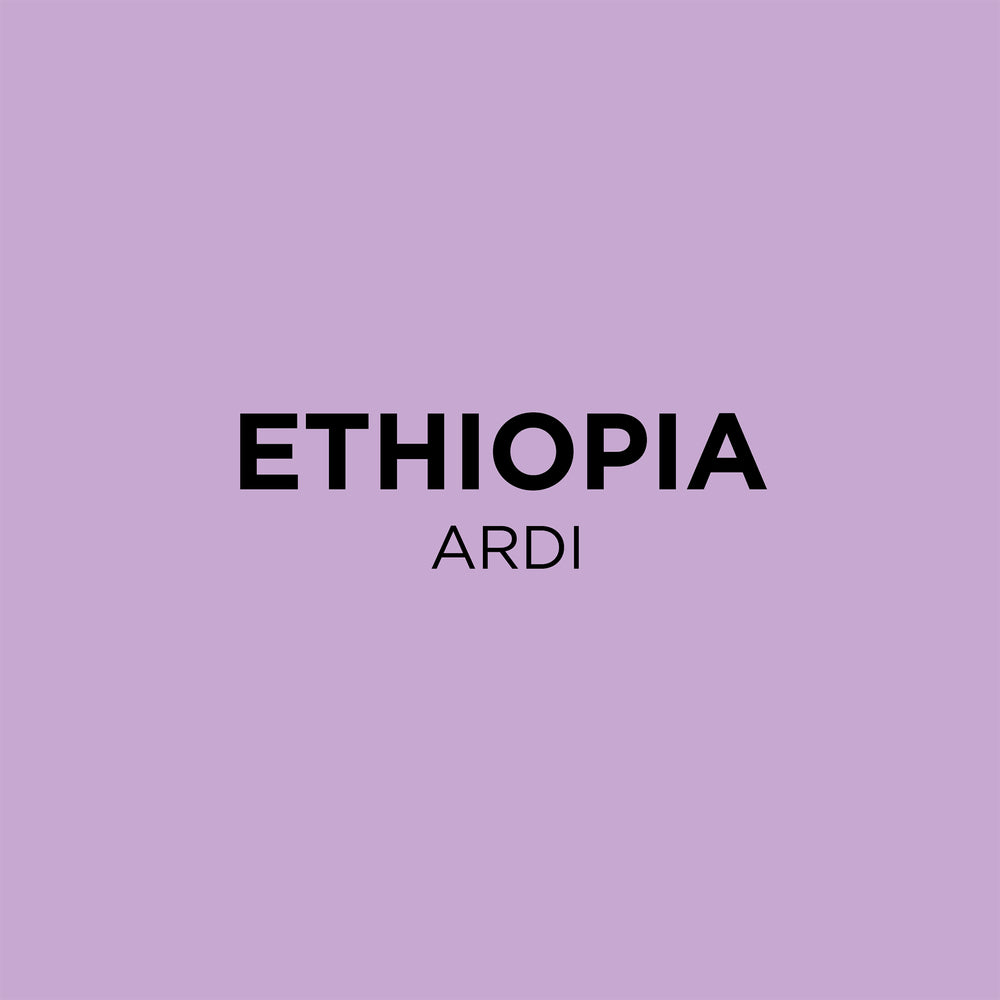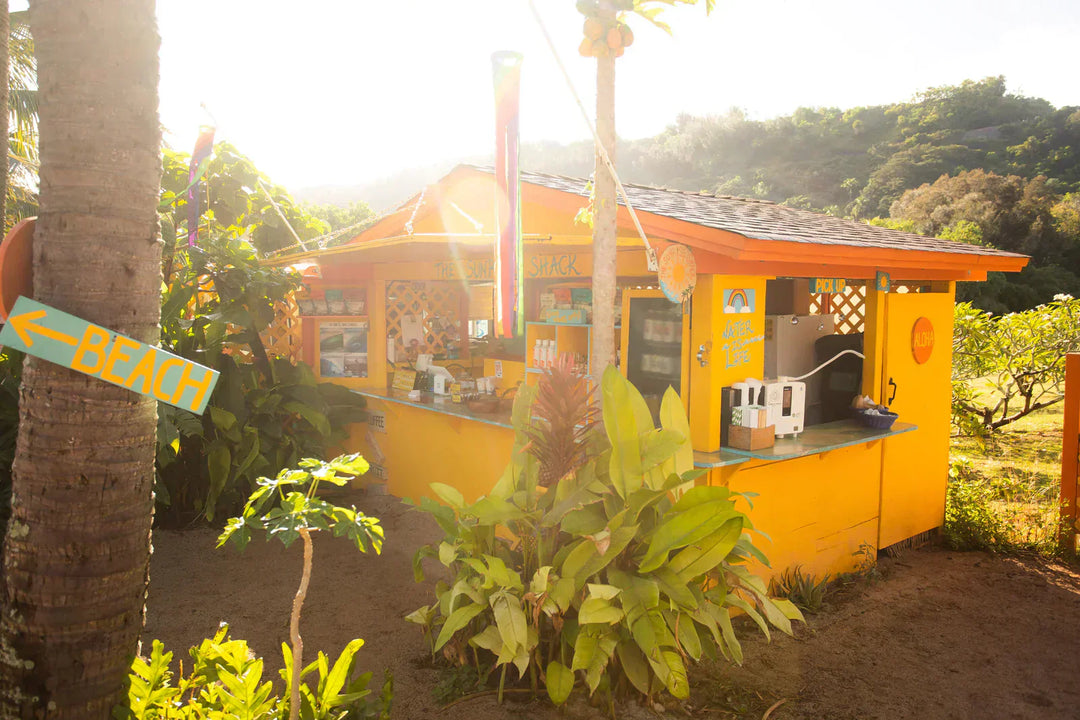ESPRESSO BEANS VS COFFEE BEANS: WHAT'S THE DIFFERENCE?

Comedian Lewis Black once joked "I like coffee because it gives me the illusion that I might be awake." And latte lovers can probably say the same about espresso.
Whichever you prefer—drip coffee or espresso—you have probably wondered about the difference. They are far more alike than you might imagine. But Common Room Roasters is here to settle the question once and for all, and clear up a few myths along the way.

Espresso Blend vs Single Origin Coffee Summary
| Espresso Blend | Single Origin Coffee | |
| Roast | Medium, medium-heavy | Light, medium |
| Taste | Balanced, depth/layers, composed to pair with milk | Unique, precise, or more nuanced flavors. ie. Fruity, Chocolate, Floral. |
| Brewing Method | Espresso machine | Drip, press, pour-over percolator |
| Grind | Very fine | Coarse to fine (depending on brew method) |
What is the Difference Between Espresso Beans and Coffee Beans?
For us at Common Room Roasters, espresso refers to the brewing method the coffee is designed for, not the roast level. This confusion often comes up when coffee beans are referred to as an “espresso roast” which usually implies they are roasted darker, in a more "traditional" method. “Espresso beans” and coffee beans for filter brewing methods are actually the same type of beans and all coffee beans can be used for espresso, some better than others of course.
Coffee beans found in espresso blends and single origin coffees are both made from the seed of the coffee plant and until the beans are processed by roasters, there is no actual difference. At Common Room Roasters, we roast beans for espresso blends similarly to coffee beans in our Single Origin coffees. Plus many Single Origin coffees work wonderfully as espresso, especially if you are looking for a shot of espresso or a long black that highlights unique flavors or notes of a Single Origin coffee.
It’s kind of like how lemonade and lemon squares can both be made with the same lemons. The difference is in the preparation or in this case, the brewing method and specific beverage being made.
Before we talk about the differences in preparation, though, let’s answer a really commonly confused question…
Do Espresso Beans Have More Caffeine?
No, filter coffee beans and espresso beans have practically the same amount of caffeine. In fact, a serving of drip coffee has a slightly higher amount of caffeine than a serving of espresso.
The misconception comes from the concentration of caffeine once the beans are brewed. Espresso is more concentrated, so you get about as much caffeine from a 1-ounce espresso shot as you do from an 8-ounce mug of coffee.
Another misconception comes from the idea that the darker the beans are roasted, the stronger the coffee. Darker roasted coffee will usually have less caffeine than the same coffee that is roasted light or medium because the caffeine gets “cooked” off during the roasting process. The coffee itself may taste “roasty” or fuller in body but that is not related to the strength or caffeine level.
Espresso Beans vs Filter Coffee Beans: 4 Distinguishing Features
So if the two beverages are prepared from the same beans of the same plant, how do you end up with different drinks? The answer can lie in the roast but it can also be found in the brewing method used …
Espresso vs Filter Coffee Roast
Depending on the coffee roaster, espresso and filter coffee beans can have different meanings. For many coffee drinkers, it’s common for espresso to refer to the roast level - where it's usually roasted hotter and longer. This results in a darker bean that ends up more cracked. This extra roasting time is actually why espresso has slightly lower caffeine content because it gets released during roasting. At Common Room Roasters, espresso blend refers to the brewing method the beans are tailored for, but not limited to!
When a bag of beans is labeled as espresso, that is just a recommendation from the roaster for how it is best meant to be used. Espresso blends at CRR can be used for all brewing methods but are usually recommended if you will be adding a milk or milk alternative to your coffee. Our award winning Brunswick Blend, for example, consists of a seasonal selection of beans that are blended together to produce a specific flavor profile we are looking for.

The result is a balanced espresso blend with notes of dark chocolate, almonds, and blueberries, and a flavor experience that evolves with the seasonal coffee harvests throughout the year. While it can certainly be used to brew a delicious cup of coffee with all types of filter brewing methods, Brunswick Blend is formulated with the end goal of an espresso shot for the base of a flat white, latte, cappuccino, or any other favorite drink that will combine coffee and milk.
Espresso vs Filter Coffee Taste
Since espresso and filter coffee beans will be roasted in similar fashion, why does espresso and drip coffee taste different? Espresso is more concentrated which can result in a bolder and more lively flavor than a coffee made with a filter brewing method which can be cleaner and more delicate than espresso. A good espresso shot that is “dialed in” will be sweet, balanced, and find the sweet spot in the extraction between being sour (under extracted) and bitter (over extracted) while also pairing well with milk.
If you were looking for a more “traditional” espresso taste that is bolder, full bodied, and less acidic, our Darkside Seasonal Espresso Blend would be the best pick.
Darkside Espresso is roasted Medium-Heavy, compared to the light or medium roasted coffees that make up most of the coffees in our line-up. The roasting techniques that are used leads to a distinctive taste in the Darkside espresso blend that is often described as more toasted with a heavier body and notes of dark chocolate and brown sugar. This unique flavor is thanks to the reduced acidity that results from additional oil being released during the roasting period.
People who enjoy milk-based espresso drinks, like a flat white or latte, will most likely enjoy the balanced flavors and layered depth found in our Seasonal Espresso blends.
Must Read: In-Depth Guide To Coffee Flavors
Espresso vs Filter Coffee Brewing Method
Espresso must be brewed in an espresso machine . You can’t use a traditional drip coffee maker. And, while drip coffee is brewed a whole pot at a time, espresso machines typically brew a 1- to 2-ounce shot.
But why does espresso require a special machine to brew?
The answer is pressure. In order to get the high concentration required for a true shot of espresso, it must be brewed very quickly. Espresso machines achieve this by forcing boiling water through the ground beans at high pressure.
Espresso vs Filter Coffee Grind
In order to accommodate for the high pressure required by the machine, espresso beans are ground very fine. This allows for more flavor to be extracted from the beans in the relatively short brewing time.

Coffee beans for filter brewing methods, on the other hand, have a coarser grind because the water drips through them slowly. This additional time allows for flavor to be extracted more slowly.
If you were to grind coffee beans as fine as espresso beans and brew them in a drip coffee maker, the taste may be too bitter (often called “over-extracted) because the water would not be able to flow through the finer grounds in a timely manner. For more grinding tips, be sure to check out our guide on How To Grind Coffee The Right Way .
Does Espresso Come From Arabica or Robusta Coffee?
Either!
If you aren’t aware, most commercially-sold coffee comes from one of two types of beans: Arabica or Robusta.
- Arabica beans are milder, with a more aromatic flavor. They are by far the more common bean.
- Robusta beans have a more bitter flavor and twice as much caffeine.
Interestingly enough, while Arabica accounts for about 60% of the coffee plants grown globally, Robusta is often a preferred choice for espresso beans in some regions because they offer a more intense and bitter flavor and will showcase chocolate and hazelnut notes when roasted heavier. Robusta is often blended with Arabica because Robusta beans are known to create a more exceptional crema.
Despite these differences, either bean can be used to make espresso. It usually just comes down to the flavor attributes you are looking for in your espresso. Because we prefer a sweeter, more lively flavor from our espresso, Arabica beans are used in all our seasonal espresso blends at Common Room Roasters.
Final Thoughts on the Difference Between Espresso Beans and Coffee Beans
To sum up espresso beans vs filter coffee beans…
- They both come from the same seed of the same coffee plant.
- The difference is not in the roasting process but rather the brewing process recommended.
- Espresso requires a very fine grind and high pressure brewing.
- Espresso blends combine different coffees to create depth,more body, and flavor profile that is formulated to pair best with milk.
While coffee lovers may have a preference of one over the other, most people can readily enjoy both. Even if the stronger flavor of an espresso shot is a bit too much for you, a steamy latte or foamy cappuccino is the perfect way to start the morning.
Whichever you are in the mood for, filter coffee or espresso, Common Room Roasters has a blend for you. Browse our beans and find your favorite today.



